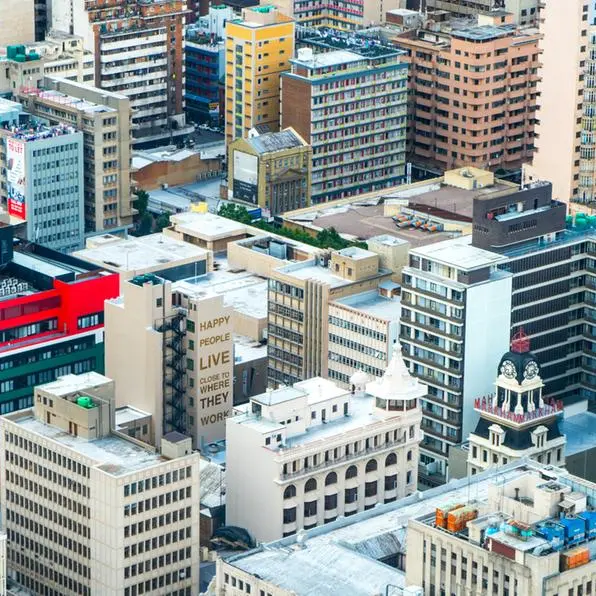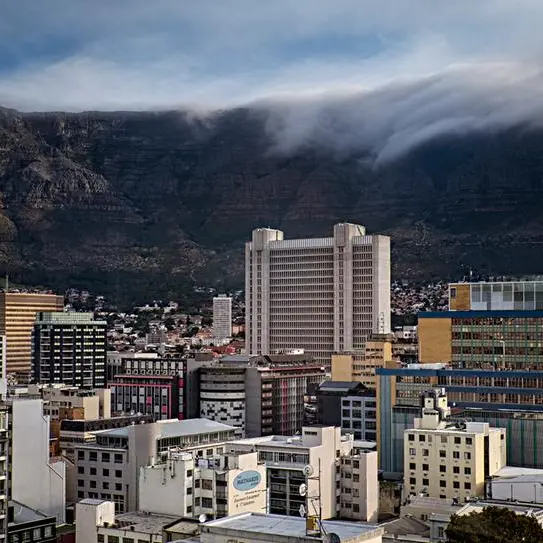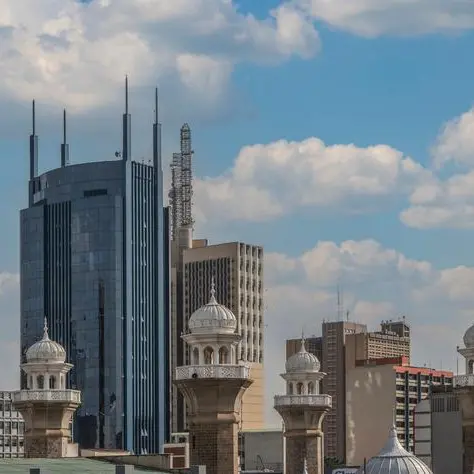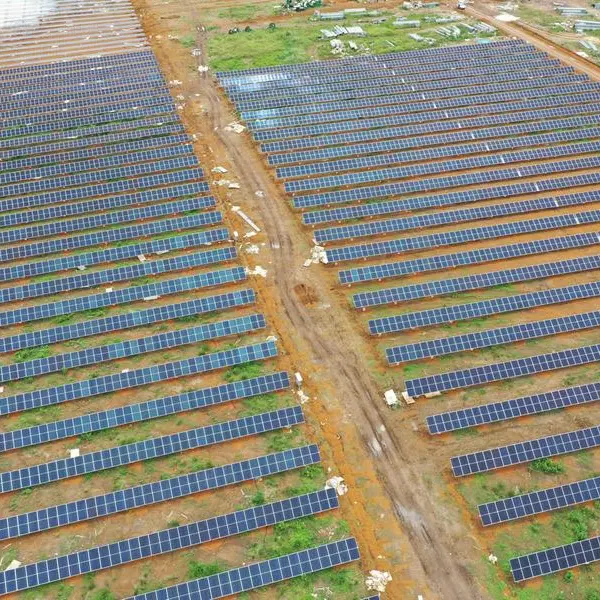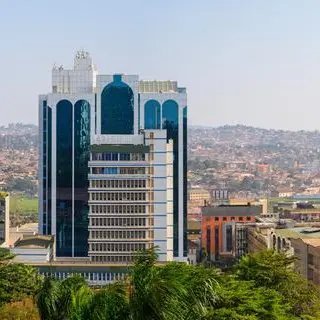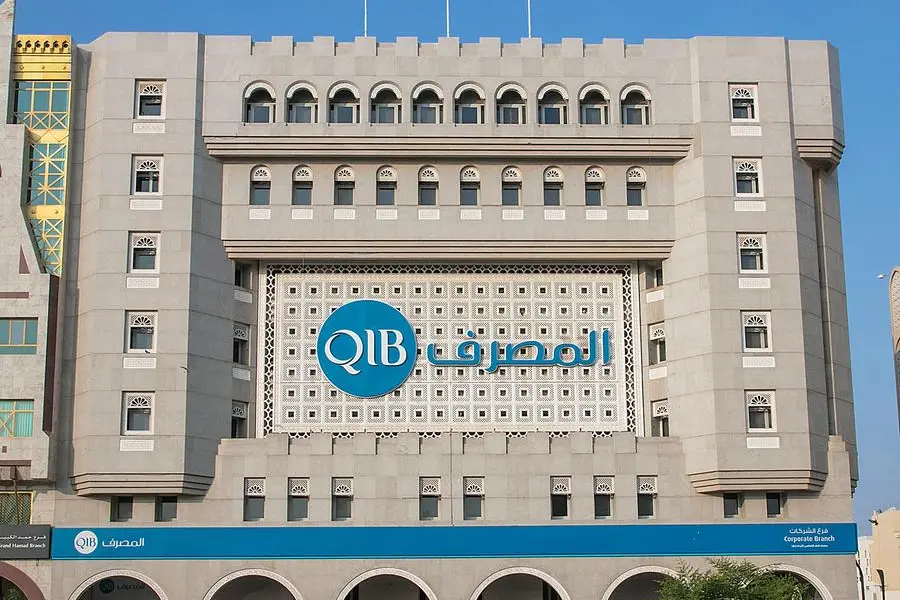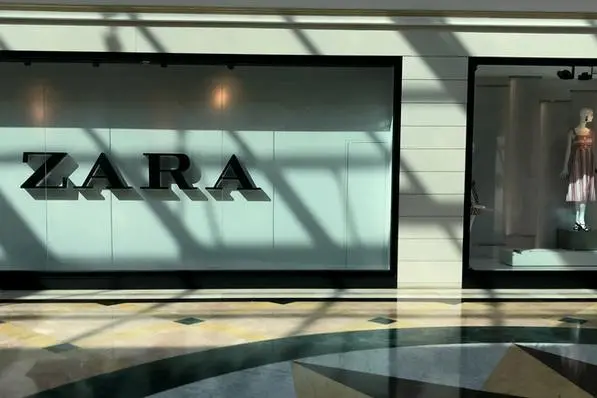PHOTO
Harare, Zimbabwe - December 22 2018: Aerial panoramic daytime view of of Harare city centre. Image used for illustrative purpose. Getty Images
In recent years, Zimbabwe has experienced what appears to be a construction boom—an explosion of buildings across towns and cities that now accommodate countless small shops selling predominantly cheap, imported goods.
These structures, often erroneously labeled as “malls”, have become an increasingly common sight, dominating the urban landscape from Harare to Bulawayo, and stretching even into smaller towns such as Kwekwe and Rusape.
At first glance, this may look like a sign of commendable progress in a country that has suffered decades of disinvestment, industrial collapse, and staggering unemployment.
However, beneath the façade of this seeming development lies a far more sobering reality that Zimbabweans must confront: this is not real economic growth, but rather the painful evidence of our country’s continued de-industrialization and its dangerous reliance on a fragile, informal economy.
To directly receive articles from Tendai Ruben Mbofana, please join his WhatsApp Channel on: https://whatsapp.com/channel/0029VaqprWCIyPtRnKpkHe08
The proliferation of these simple, often rudimentary buildings does not reflect a revival of Zimbabwe’s once-vibrant manufacturing base.
Unlike the heavy industry and large-scale commerce that used to power our economy and provide meaningful employment, these new structures house micro-retailers who depend almost entirely on foreign-made products.
From clothing and electronics to groceries and furniture, the goods sold in these shops are largely not locally manufactured.
Instead, they are mostly imported—either from South Africa, China, or other Asian economies.
As a result, these so-called malls are doing little to build Zimbabwe’s productive capacity or stimulate the kinds of industrial growth that could boost exports and narrow the ever-widening trade deficit.
This trend raises important questions about the true nature of “investment” in Zimbabwe.
Are we to celebrate the erection of walls and roofs without examining what is taking place within them?
True investment, by its nature, must be linked to long-term value creation, job sustainability, and the development of local skills and industries.
The rise of these retail-centered structures is not matched by a corresponding rise in factory floors, assembly lines, or agro-processing facilities.
There is no meaningful addition to gross fixed capital formation, nor are these buildings enhancing Zimbabwe’s competitiveness on the global market.
In fact, they are fueling a dangerous economic model: one that consumes more than it produces.
A significant portion of the stock found in these small shops is smuggled or imported through unofficial channels, often avoiding tax and duties.
This not only deprives the state of critical revenue but also undermines efforts to rebuild domestic industry.
By relying heavily on imports, these micro-enterprises exacerbate Zimbabwe’s already precarious balance of payments, increasing pressure on foreign currency reserves and further weakening the local currency.
Every dollar spent on foreign-made goods in these stores is a dollar not invested in local production or value addition.
This pattern is unsustainable and is a clear indication that what we are witnessing is consumption-led, not production-led, growth—a hallmark of fragile, distorted economies.
Moreover, the nature of employment generated by this emerging retail sector is deeply troubling.
Most of the jobs created are informal, insecure, and low-paying.
Young people, who make up the bulk of Zimbabwe’s unemployed, are often relegated to the most basic roles—unloading goods, manning tills, or cleaning the shops.
There is little to no room for career advancement, nor are there opportunities for skill acquisition or professional development.
Gone are the days when a young graduate could dream of becoming an accountant, a marketing executive, or an IT specialist in a large, reputable company.
Today, many are forced to settle for dead-end roles with no social protection, no pensions, and no healthcare.
The same can be said for technically skilled workers—such as electricians, boilermakers, fitters, turners, and other artisans—who once found meaningful work in Zimbabwe’s now-defunct industrial sector.
These professions have been largely sidelined as the country drifts further away from manufacturing and engineering.
The buildings sprouting across urban centers do not require their services, nor do they create spin-off industries that could absorb such expertise.
What we are witnessing is the normalization of economic regression—where youth are taught to aspire not to innovation or professional mastery, but to the mere hope of becoming a shopkeeper or vendor.
This raises a profound question: can we genuinely call this development?
Development, in any meaningful sense, should improve the quality of life of a nation’s citizens, enhance their skills, boost productivity, and ensure intergenerational prosperity.
What is taking place in Zimbabwe today bears none of these characteristics.
If anything, it reflects a hollowing out of the economy—a process where tangible, value-adding sectors have been replaced with surface-level retail structures that mask a deeper economic rot.
To be sure, entrepreneurship is not to be discouraged.
In a country with limited formal employment, it is commendable that citizens are trying to make a living through small businesses.
However, there must be a broader national vision that connects such enterprise with industrial policy and sustainable development.
Small retail shops must not be the end goal—they should be part of a larger value chain that begins with local production, raw material processing, and regional integration.
This lack of contribution to the value chain is a major concern.
True economic development is underpinned by a strong industrial base, which not only drives export growth but also gives rise to a network of downstream industries that feed into and benefit from large-scale manufacturing.
Zimbabwe once had such an industrial ecosystem, with companies like the now-defunct Ziscosteel at its core.
Ziscosteel was not just a steel manufacturer; it was a key pillar in the entire industrial architecture of the country.
It supplied steel to numerous local industries, which in turn supported other sectors and created vast employment opportunities.
One notable example is Willowvale Mazda Motor Industries (WMMI), which assembled vehicles using components sourced from various local manufacturers, including steel from Ziscosteel.
The presence of Ziscosteel also supported construction, agriculture, mining equipment production, and countless small and medium enterprises that relied on affordable, locally-produced steel.
Without such a vision, we are simply building more warehouses to distribute foreign goods, rather than building factories to produce our own.
The situation in Zimbabwe is a classic example of what happens when a country fails to reinvest in its productive sectors.
The government has allowed the economy to drift into informality and retail trade, often celebrating this as a “sign of resilience.”
But this is not resilience—it is resignation.
It is the outcome of a political and economic system that has failed to channel resources into sectors that matter.
Worse still, this pattern has distracted citizens from demanding accountability.
When U.S. and Western aid fills the gaps in health, education, and humanitarian needs, there is less urgency for citizens to demand that their government manage national resources more responsibly.
The same logic applies to the illusion of economic activity created by these new “malls.”
People are led to believe the economy is growing, when in reality, it is simply importing more, employing less formally, and eroding long-term national capacity.
If Zimbabwe is to truly rise again, it must reorient its economic priorities.
We must return to basics—investing in manufacturing, reviving industry, developing infrastructure, and creating decent, formal jobs.
Only then can we speak of real investment and sustainable development.
Until that happens, the concrete shells of our towns and cities will remain just that—empty monuments to a country that once had so much potential but settled for so little.
© Copyright The Zimbabwean. All rights reserved. Provided by SyndiGate Media Inc. (Syndigate.info).
Tendai Ruben Mbofana

